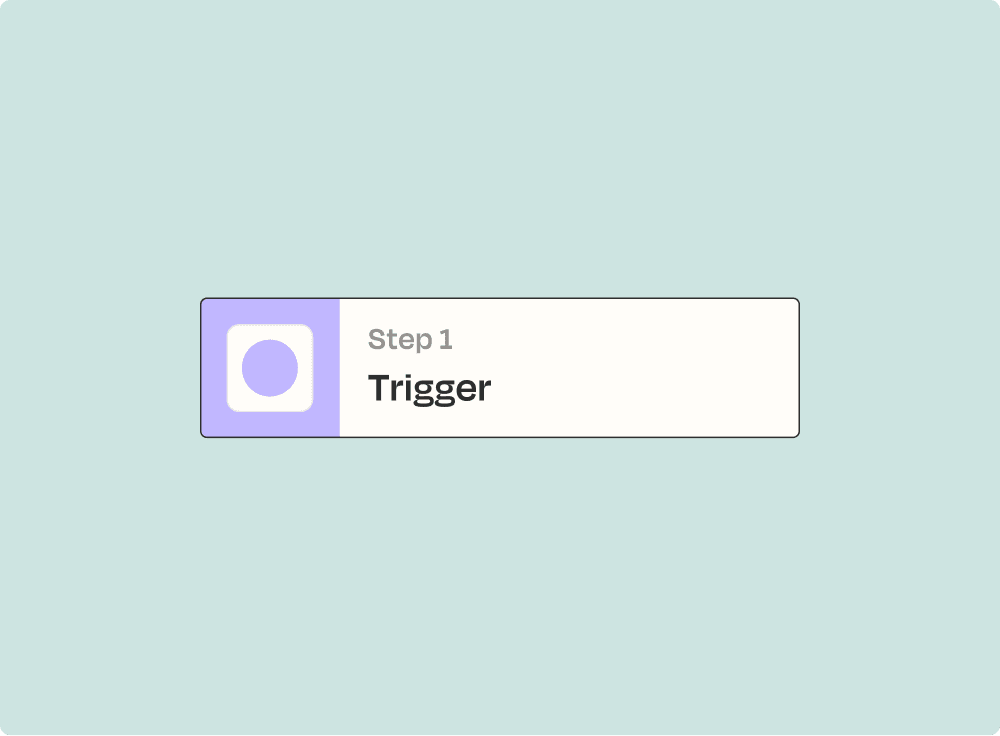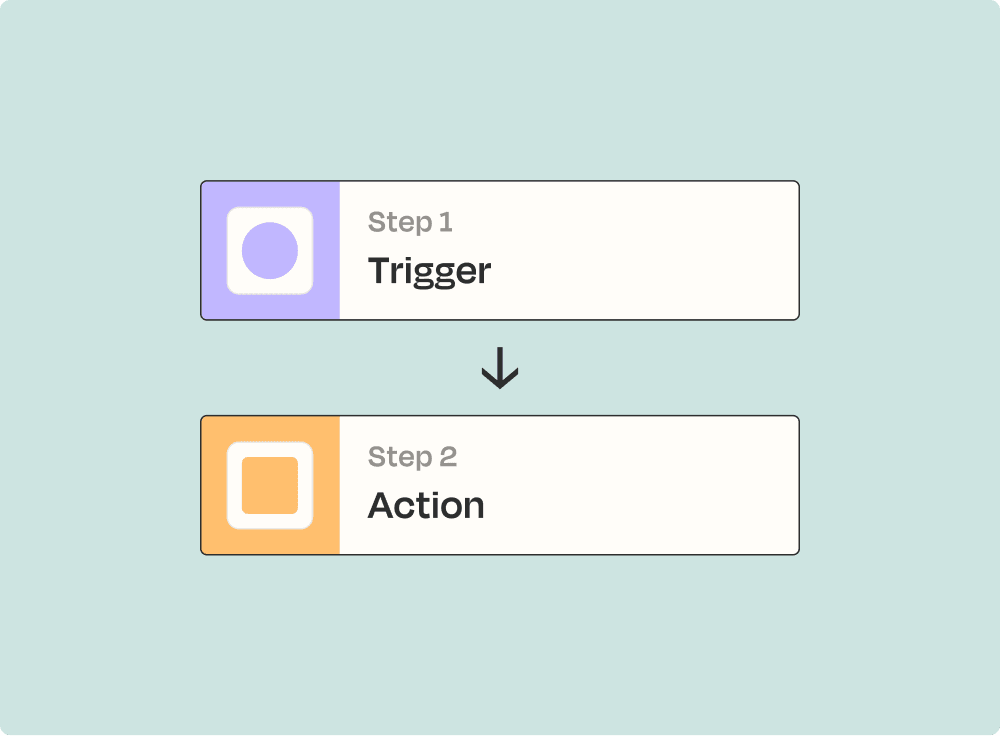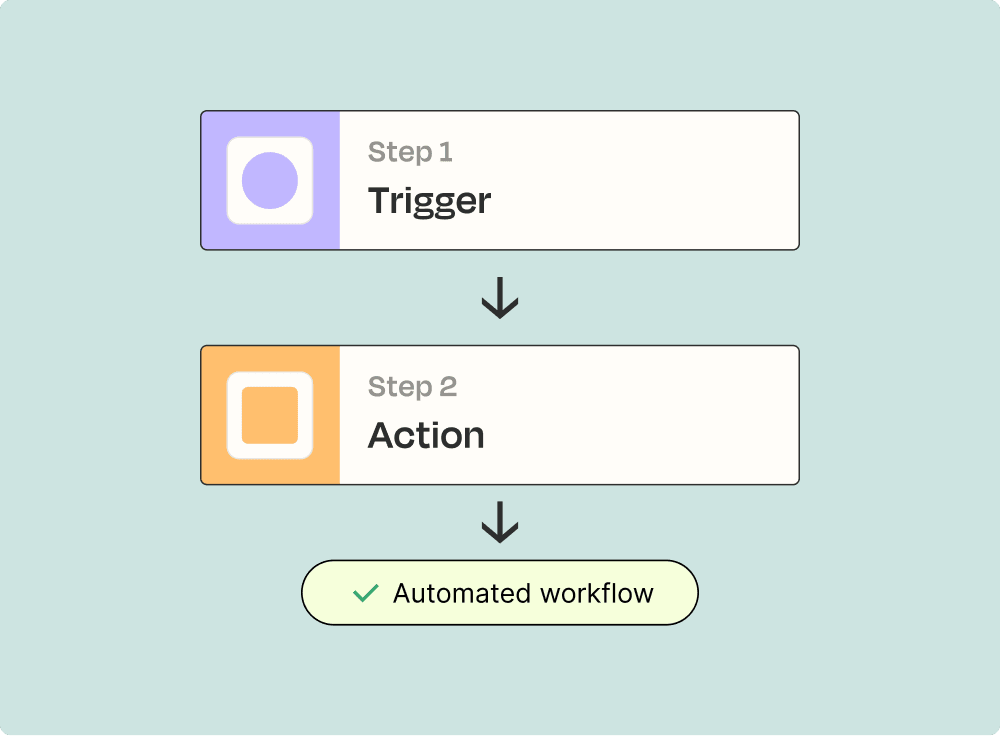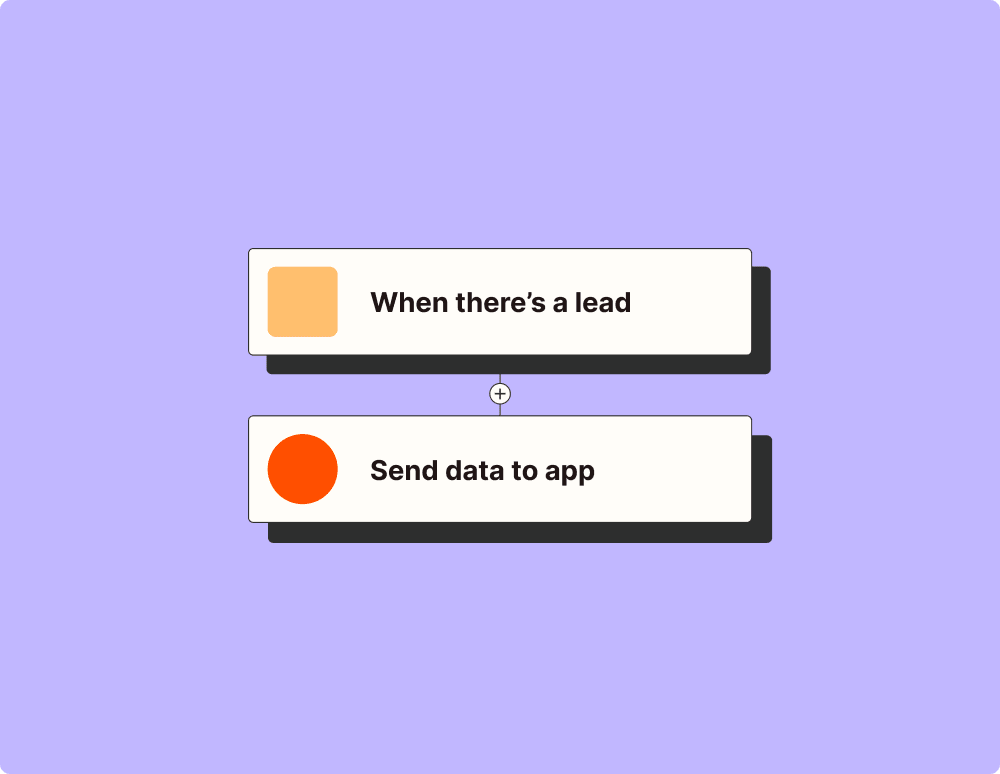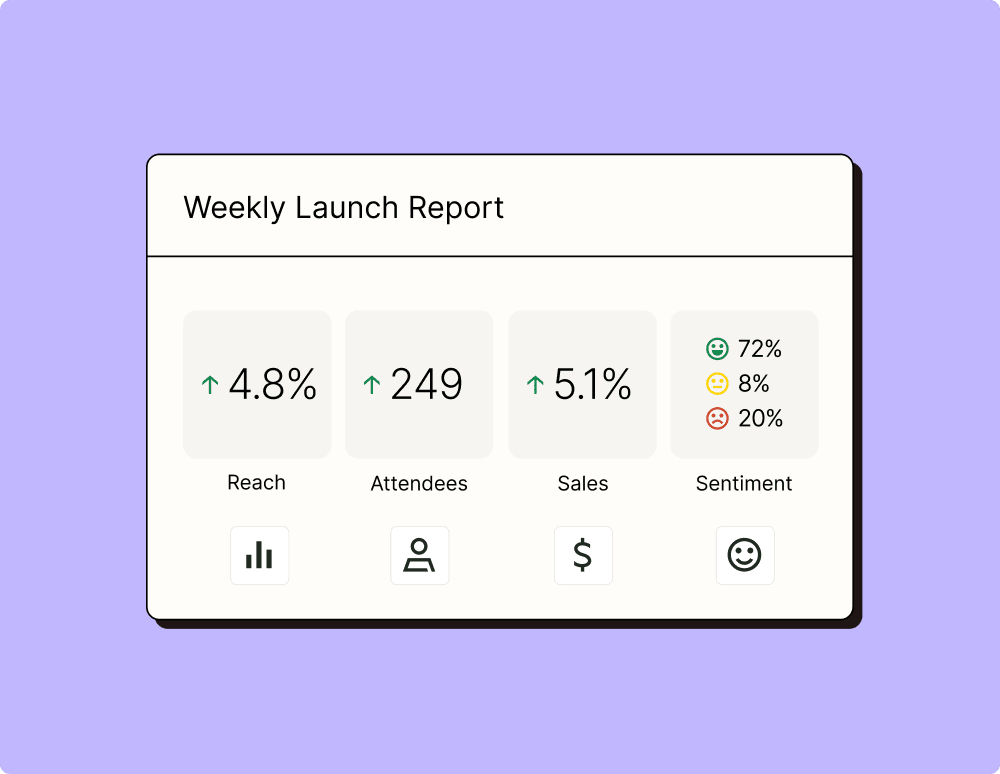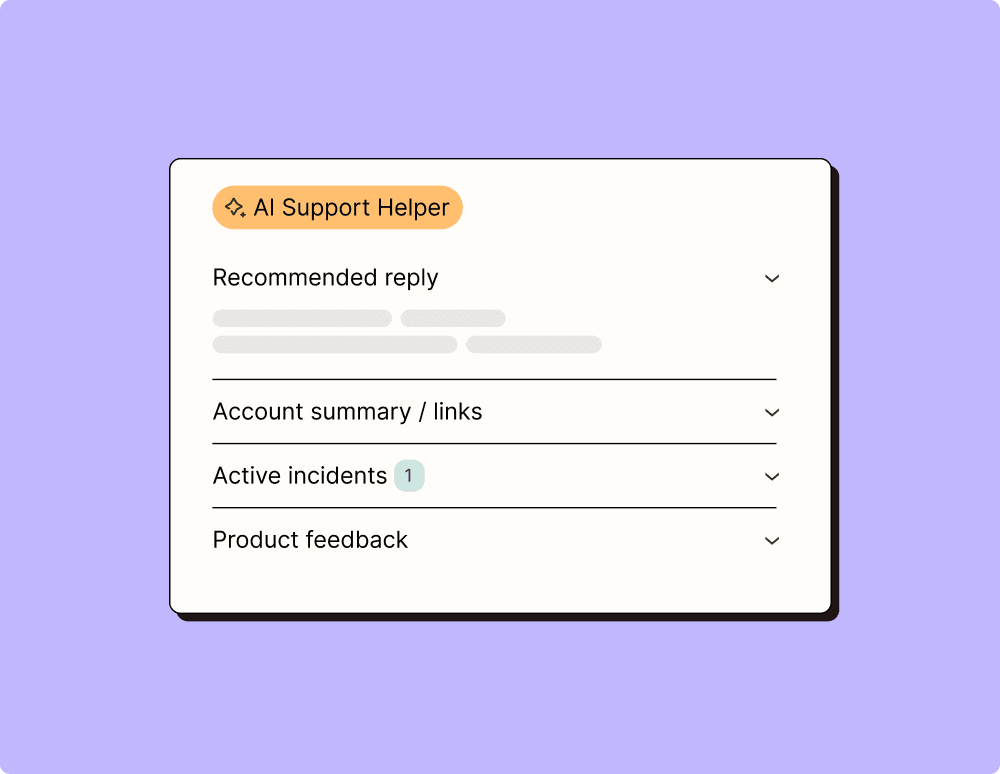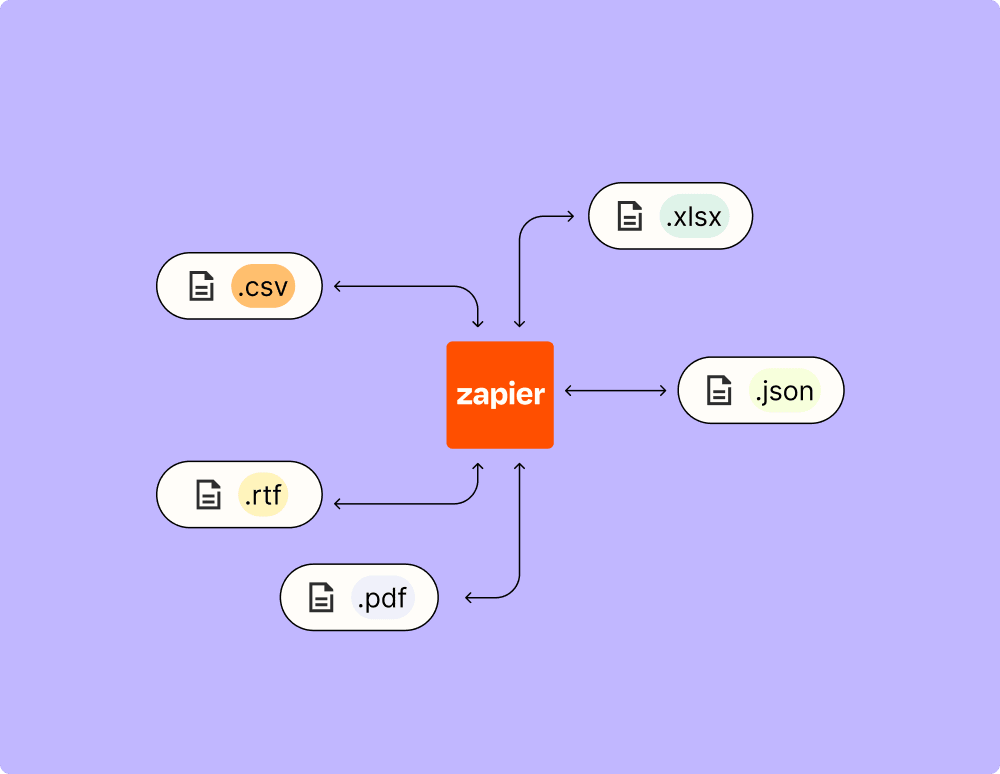Connect Facebook Lead Ads and Webhooks by Zapier to unlock the power of automation
- No credit card required
- Free forever for core features
- 14-day trial for premium features and apps
Set up your first integration
Quickly connect Facebook Lead Ads to Webhooks by Zapier with a Zapier template.
Our most popular template

How Zapier works
Zapier makes it easy to integrate Facebook Lead Ads with Webhooks by Zapier - no code necessary. See how you can get setup in minutes.
Zapier is the automation platform of choice for 87% of Forbes Cloud 100 companies in 2023
93%
Customers who say using Zapier has made them better at their job
25m
Customers have created over 25 million Zaps on the platform
6 mins
The average user takes less than 6 minutes to set up a Zap
Frequently Asked Questions about Facebook Lead Ads + Webhooks by Zapier integrations
New to automation with Zapier? You're not alone. Here are some answers to common questions about how Zapier works with Facebook Lead Ads and Webhooks by Zapier
How do I connect Facebook Lead Ads with Webhooks by Zapier?
To connect Facebook Lead Ads with Webhooks by Zapier, first set up your trigger in the Zapier platform by selecting Facebook Lead Ads as your app and choosing a specific event, like 'New Lead'. Then set up the action by choosing 'Webhooks by Zapier' and configure your desired webhook URL or customize your webhook payload.
What triggers can use Facebook Lead Ads to activate webhooks in our integration?
In our integration, the primary trigger when using Facebook Lead Ads is 'New Lead'. This event activates whenever a new lead is captured through your designated Facebook ads, thus initiating the webhook action to route this information where you need it.
Can we send information from multiple ad accounts simultaneously using webhooks?
Yes, you can send information from multiple ad accounts. During the Zap setup process, connect each of your ad accounts separately and set triggers for each account. This way, leads from different accounts can activate individual webhooks as needed.
How do we maintain data security when sending lead information through webhooks?
We ensure data security by recommending HTTPS URLs for webhook endpoints and utilizing custom headers or tokens to authenticate requests. It's important to configure these security measures in your webhook setup within Zapier.
Is it possible to filter leads before they are sent via webhooks?
Yes, our platform allows you to add a filter step in between the trigger from Facebook Lead Ads and the webhook action. You can define conditions based on lead details such as geographic location or response content to ensure only certain leads proceed to the webhook stage.
What should we do if our webhook URL changes after setting up the integration?
If your webhook URL changes, you need to update this information in all related Zaps. Open each affected Zap that uses Webhooks by Zapier and update the URL field with your new endpoint. Testing after updating ensures everything functions correctly.
Why isn't my data appearing at the destination after triggering a webhook with a new lead?
First, verify if there's any issue within Facebook Lead Ads itself or whether there are configuration issues on our end regarding how incoming data is processed. Ensure that there are no mistakes in how you've constructed your JSON payload and check all conditions defined in any filters used before passing them onto the final destination via webhooks.
Supported triggers and actions
Zapier helps you create workflows that connect your apps to automate repetitive tasks. A trigger is an event that starts a workflow, and an action is an event a Zap performs.
- PageRequired
- Form
- FBLA_copy
Try It- Pick off a Child Key
Try It- MethodRequired
- URLRequired
- Data Pass-Through?
- Data
- Unflatten
- Basic Auth
- Headers
- URLRequired
- Payload_type
- Data
- Wrap Request In Array
- File
- Unflatten
- Basic Auth
- Headers
- Catch Raw Hook
Triggers when a POST, PUT, or GET request is made to a Zapier URL. Gives the request body unparsed (max 2 MB) and also includes headers.
Try It - URLRequired
- Pick off a Child Key
- Deduplication Key
- Xpath
- Basic Auth
- Headers
Try It- URLRequired
- Data
- Send As JSON
- JSON key
- Unflatten
- Basic Auth
- Headers
- URLRequired
- Payload_type
- Data
- Wrap Request In Array
- File
- Unflatten
- Basic Auth
- Headers
